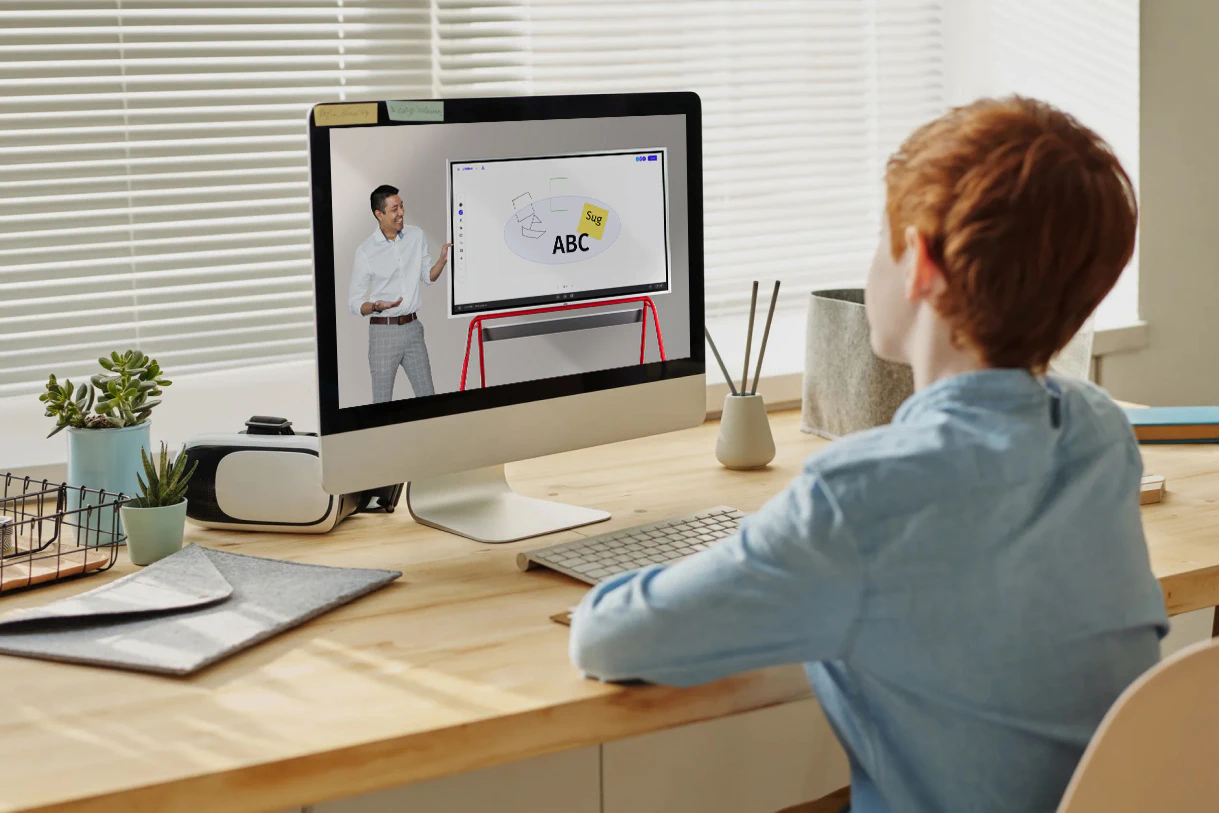Yibai Insights
Explore the latest trends, news, and insights from around the world.
Classroom or Cloudroom? The New Age of Learning
Explore the future of education in Classroom or Cloudroom? Discover how technology is reshaping learning experiences!
The Transition from Classroom to Cloudroom: Understanding the Benefits of Digital Learning
The transition from classroom to cloudroom marks a significant shift in the educational landscape, where traditional pedagogy meets innovative digital platforms. This evolution allows students to engage with their coursework from anywhere, promoting a more flexible learning environment. With the integration of advanced technologies, educational institutions can provide tailored resources that cater to the unique needs of each learner. Moreover, cloud-based learning fosters collaboration among students through tools like virtual classrooms and discussion forums, creating an interactive atmosphere that transcends geographical limitations.
One of the primary benefits of this transition is the accessibility it offers. Students can access a wealth of information, including multimedia resources, online libraries, and interactive simulations, enhancing their overall learning experience. Additionally, tracking progress and adjusting learning paths becomes easier for both educators and students, leading to personalized education. As we embrace this digital era, it is crucial to recognize that the cloudroom not only brings educational resources within reach but also equips learners with essential skills for a technology-driven future.

Top 5 Tools Transforming Education in the Cloudroom Era
The cloudroom era has brought about revolutionary changes in education, making learning more accessible and interactive than ever before. Among the top tools transforming this landscape, Google Classroom stands out as a comprehensive platform that streamlines communication between educators and students. With features such as assignment management, document sharing, and real-time feedback, it enhances the teaching and learning experience significantly. Similarly, Microsoft Teams integrates chat, video conferencing, and collaborative tools, allowing for seamless group work and discussions, whether in a virtual classroom or in a hybrid learning environment.
Additionally, Kahoot! and Moodle are leading the charge in making education engaging and effective. Kahoot! turns learning into an exciting game, boosting student participation while assessing understanding through interactive quizzes. Meanwhile, Moodle provides an open-source platform that offers customizable learning paths, fostering a personalized educational experience. Lastly, with the rise of Zoom, virtual classrooms have become the norm, allowing educators to reach students globally and facilitate interactive sessions, group projects, and valuable discussions in real-time.
Is the Cloudroom the Future of Learning? Exploring Pros and Cons
The concept of Cloudroom learning has been gaining traction as educational institutions increasingly shift towards digital platforms. This innovative approach offers numerous advantages, such as enhanced accessibility and convenience. For instance, students can engage in collaborative learning from anywhere in the world, breaking down geographical barriers. Moreover, the flexibility of cloud-based resources allows learners to tailor their education to their individual schedules and learning styles, making it a potentially effective alternative to traditional classroom settings.
However, the Cloudroom model is not without its challenges. Some critics argue that it may lead to a lack of personal interaction, which is vital for effective learning. Online platforms may struggle to recreate the spontaneous discussions and connections that occur in physical classrooms. Additionally, there are concerns regarding digital equity; not all students have equal access to the technology required for a seamless cloud-based learning experience. As we explore the future of education, it is essential to weigh these pros and cons thoughtfully.